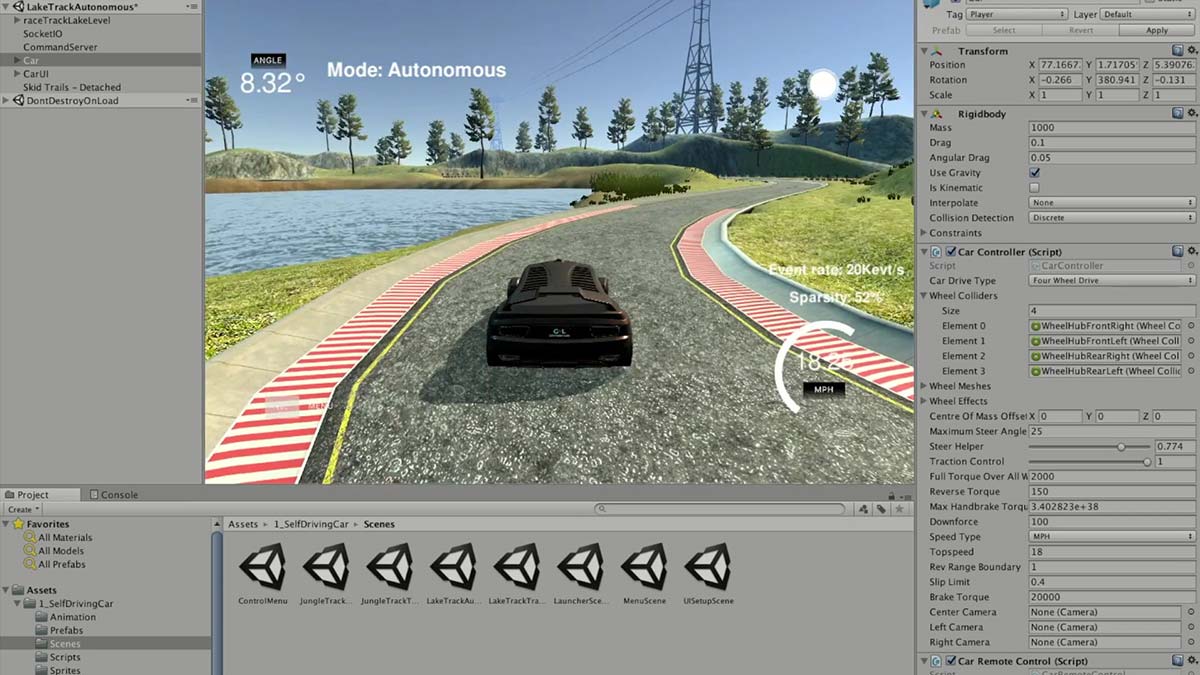Path planning is an essential component of autonomous vehicles. This use case deals with dynamic path planning of vehicles, in the face of unforeseen obstacles and changes in trajectory conditions. It can be compared to a highly dynamic and detailed short-range navigation system, which constantly updates the vehicle’s trajectory, among other vehicles and objects. This kind of path planning is something that the brain does very efficiently but takes a lot of compute power on regular processor architectures. Current state-of-the-art solutions involve continuous re-calculation of complex sets of differential equations. These differential equations describe the trajectories being followed by the vehicle itself, and all objects in its vicinity. By solving these equations, the system can predict when and where the current trajectory intersects with other objects, and which evasive actions are needed. These calculations need to be repeated at the same rate as incoming local map updates. The update rate for these calculations hence determines the reaction speed and safety of the vehicle.
Current path planning solutions are very compute intensive. Depending on the reaction speed requirements, this may take up to 200W of compute power on an advanced GPU. This severely limits the range of autonomous vehicles. Alternatively, lower-performance path planning systems have a latency of 100s of milli-seconds, which means that they cannot respond sufficiently fast to emergency situations. For example, when two cars approach each other, at a speed of 100m/s, the system can only recognize the on-coming car at 100m distance, in which case a 100ms response time is too long.
GML, in collaboration with VIC, develops dataflow networks for the sets of differential equations or other neural networks that govern the paths of vehicles and other objects, to understand the execution requirements for such dataflow networks, and to optimize their operation on neuromorphic processing systems. The goals are to bring the power consumption of path planning down to at most 2W and the update latency down to 10ms.

